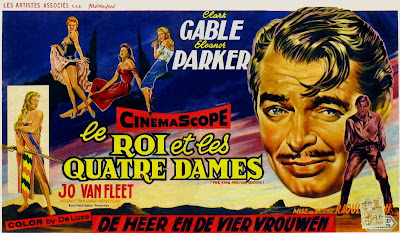With his posthumous reputation on the rebound, thanks to front-line international directors turning out abstract or avant VIEW(s) FROM A BRIDGE and THE CRUCIBLE, it’s a jolt to come up against Arthur Miller’s own voice in this marginally ‘opened up’ film version of his first real stage success. It’s a post-WWII scold of a play about two star-crossed families and a batch of defective war-plane parts. Miller’s construct has the daughter of one partner (the guy who ‘took the rap’ for the crime) engaged to the son of the partner who got off on a lie. Add on the son’s missing-in-action brother; a neurotic mother in denial; the girl’s brother, unwilling to let the scandal rest; and a gaggle of nosy neighbors on all sides of the house; and you never have to wait long for the next shoe to drop. Miller lobs one in your lap every couple of minutes. Like so much of his work, it’s Ibsen For Babies; very ENEMY OF THE PEOPLE meets THE WILD DUCK*, with bits of MASTER BUILDER to firm up characterizations. At a certain drab level, what with backlot studio-set ‘kitchen sink’ realism, it works. (Or rather, works on you.) And there’s some good acting on the male side of things (Edward G. Robinson & Burt Lancaster a fine, if unlikely Mutt & Jeff/father-and-son team); the ladies, generally less lucky. Poor Louisa Horton, debuting as Lancaster’s intended, pretty much started & stopped her feature film career right here. And for bad writing, Miller-style, a reconciliation scene between Howard Duff’s angry young lawyer and Mady Christians, as Robinson’s guilt-ridden wife, takes some beating.
DOUBLE-BILL: *While Miller’s translation/adaptation/reduction of Ibsen’s ENEMY OF THE PEOPLE has received multiple tv outings, his plays & original scripts have had a rough go as feature films. With his best shot at an original script, EVERYBODY WINS/’90, a nicely off-center private detective fandango for Nick Nolte & Debra Winger (see below), less rhetorical/judgmental than his norm, largely ignored but a good choice for Miller agnostics.



























